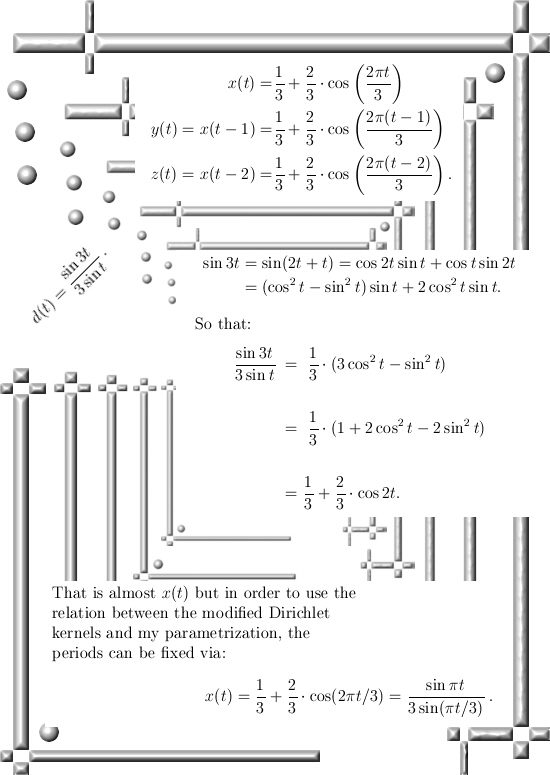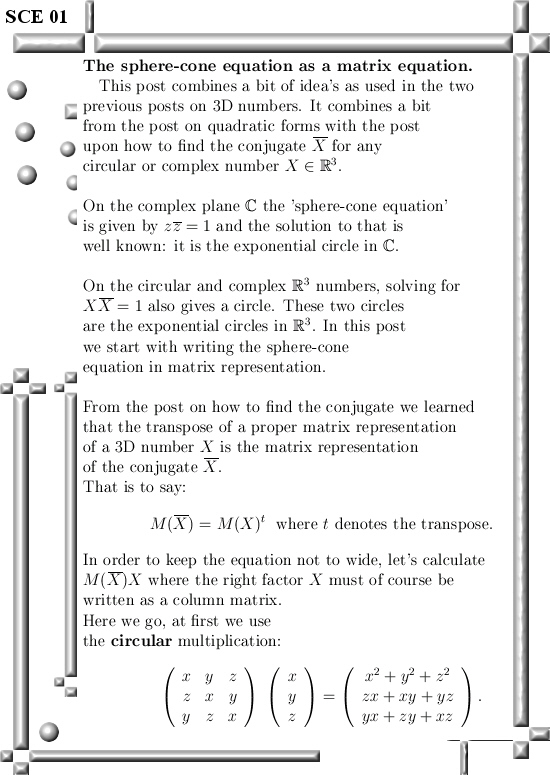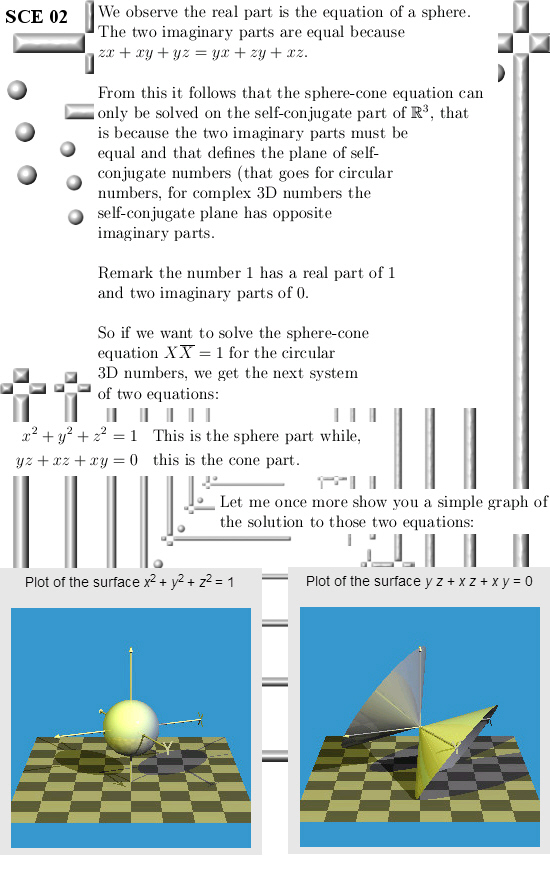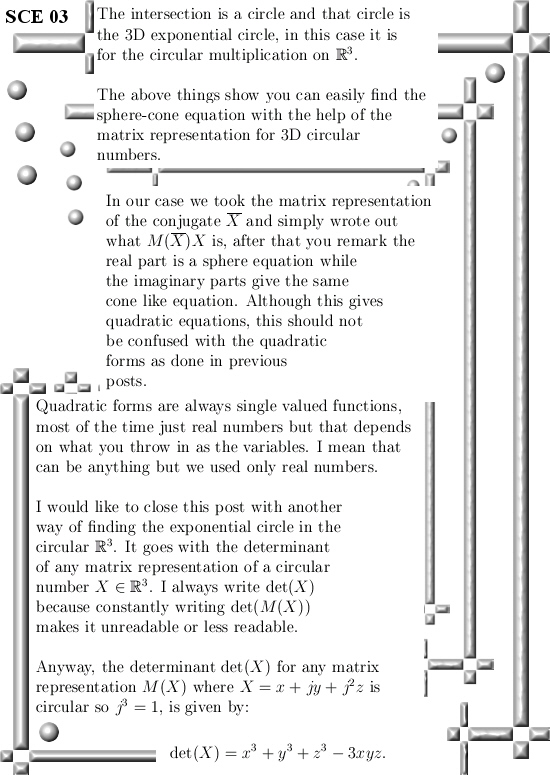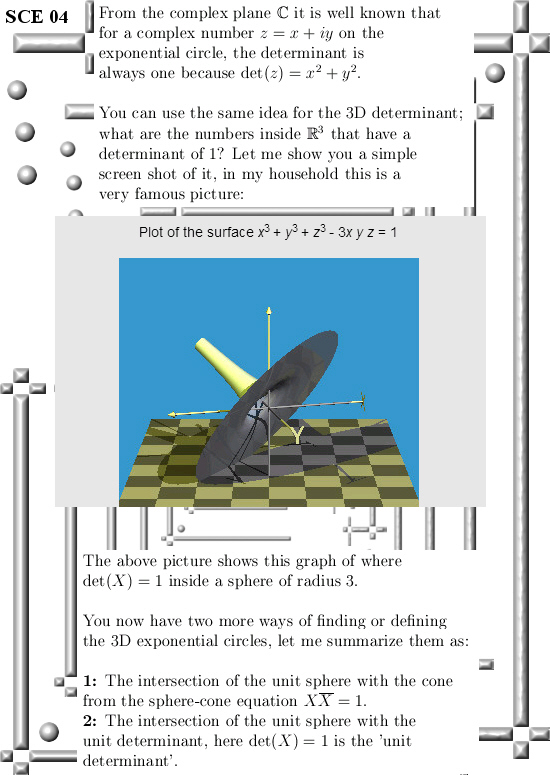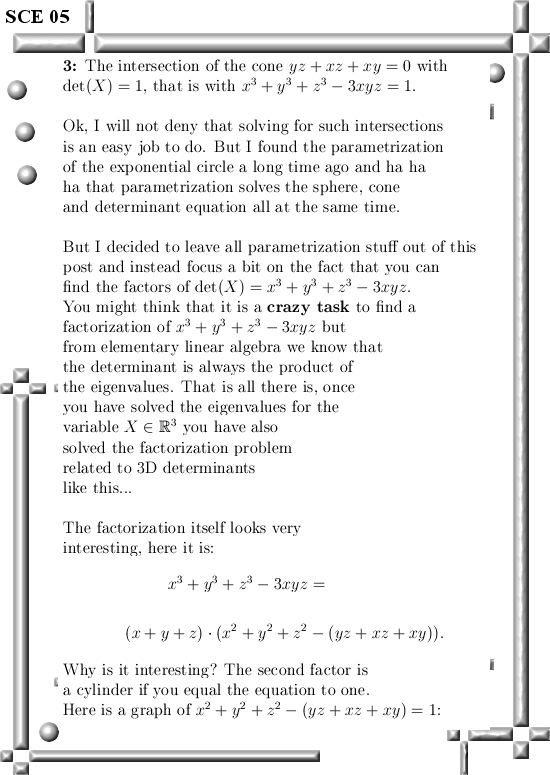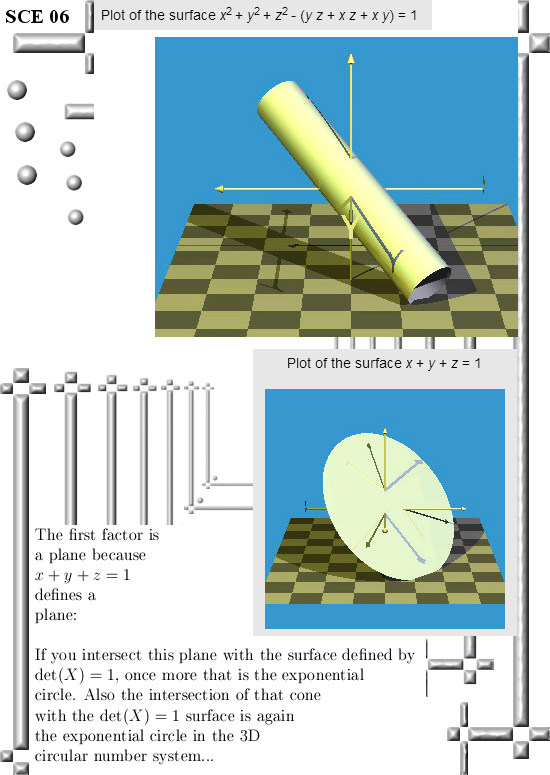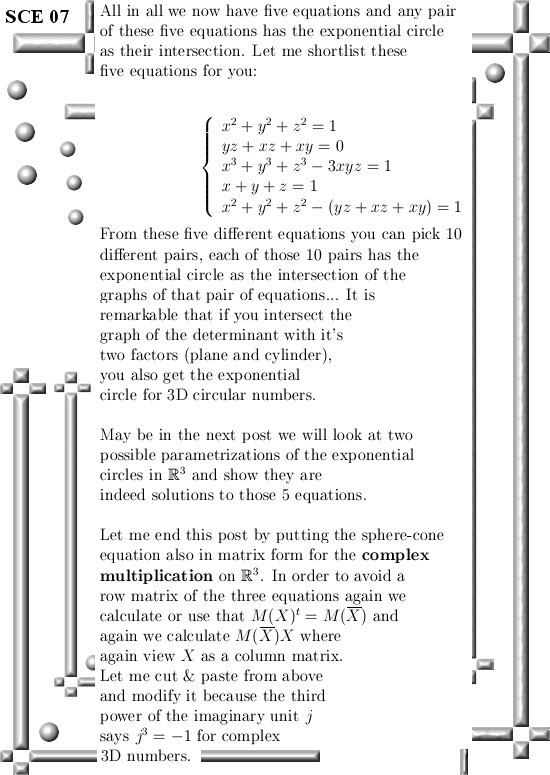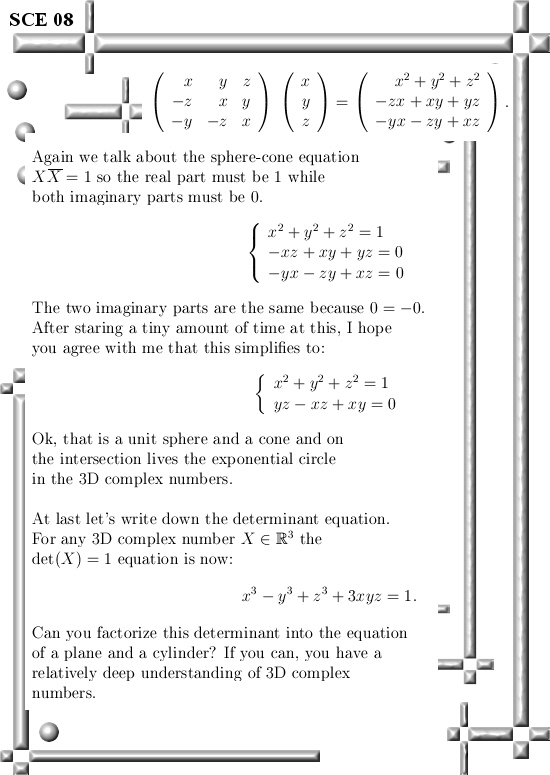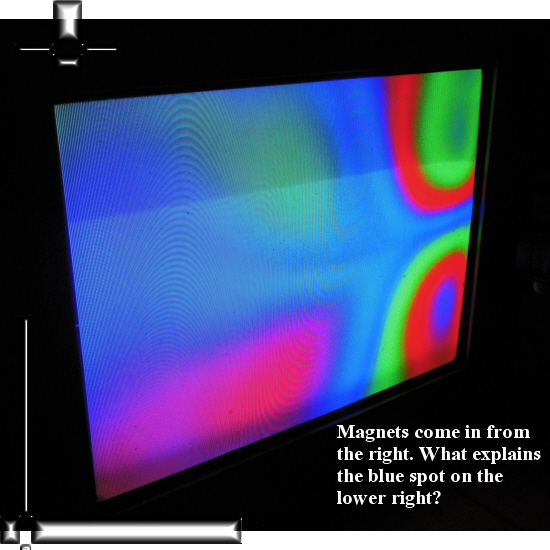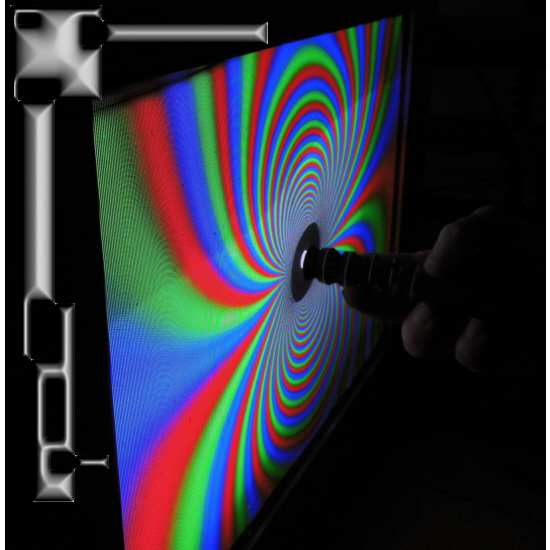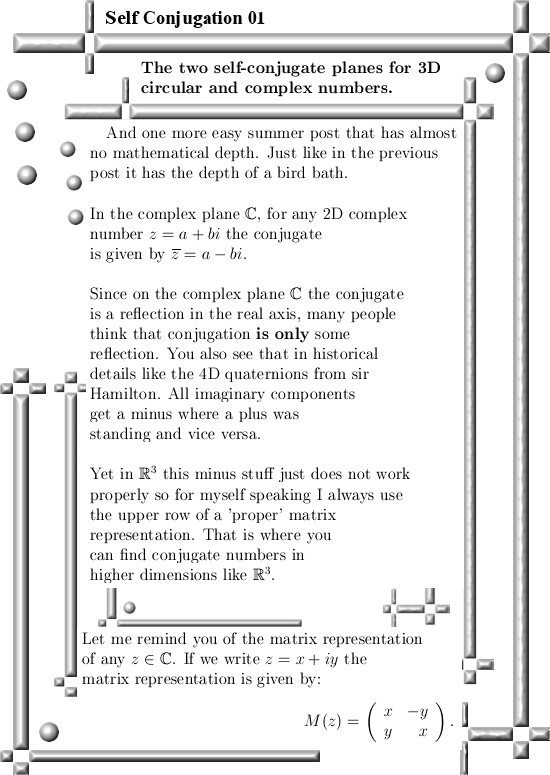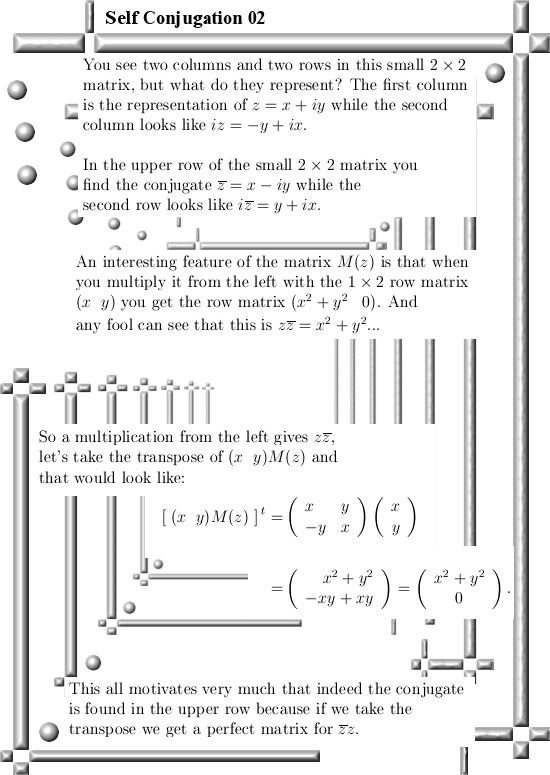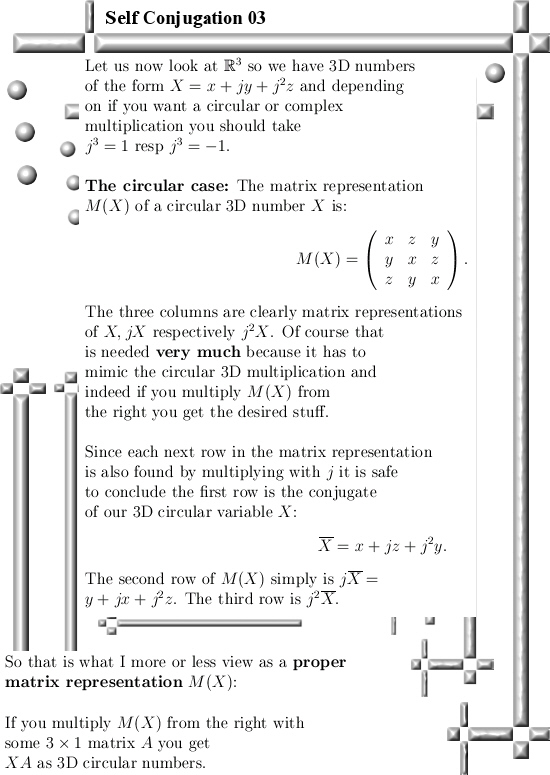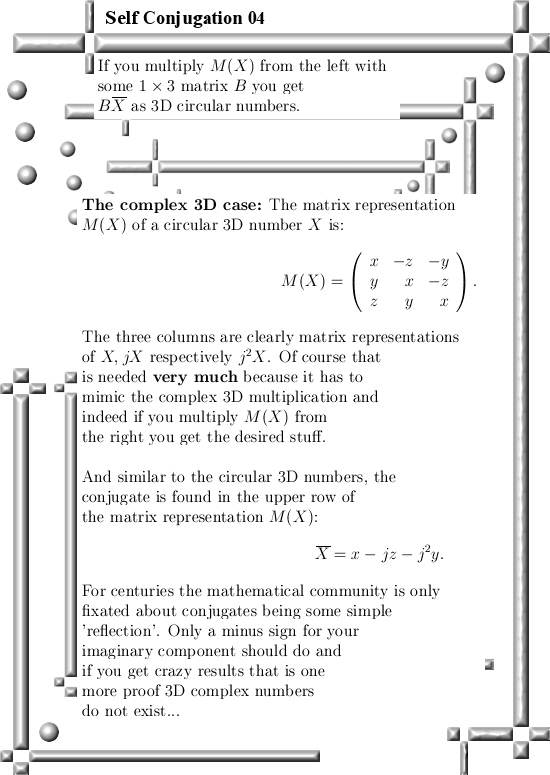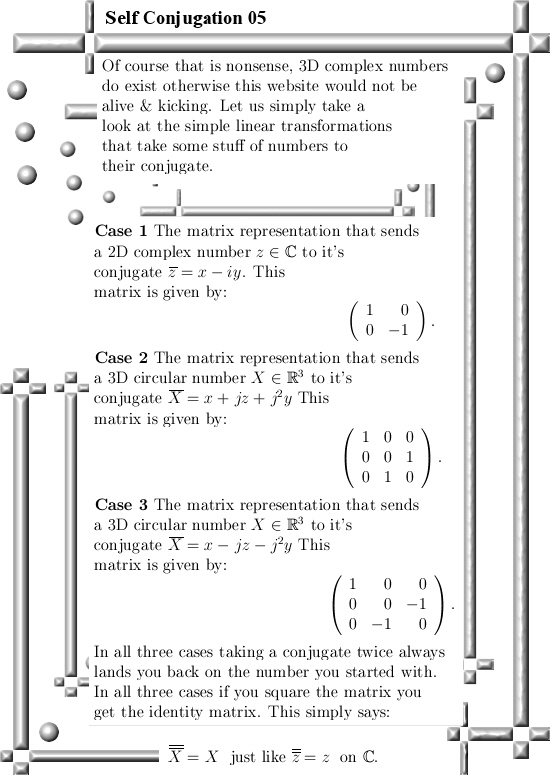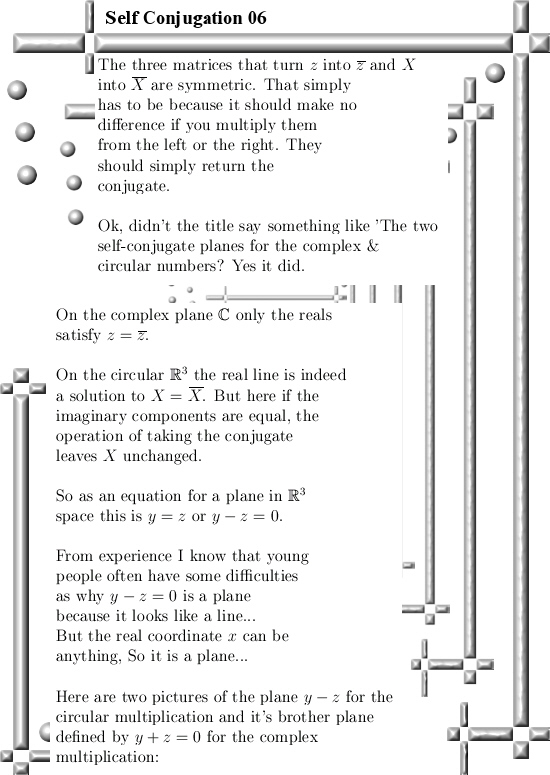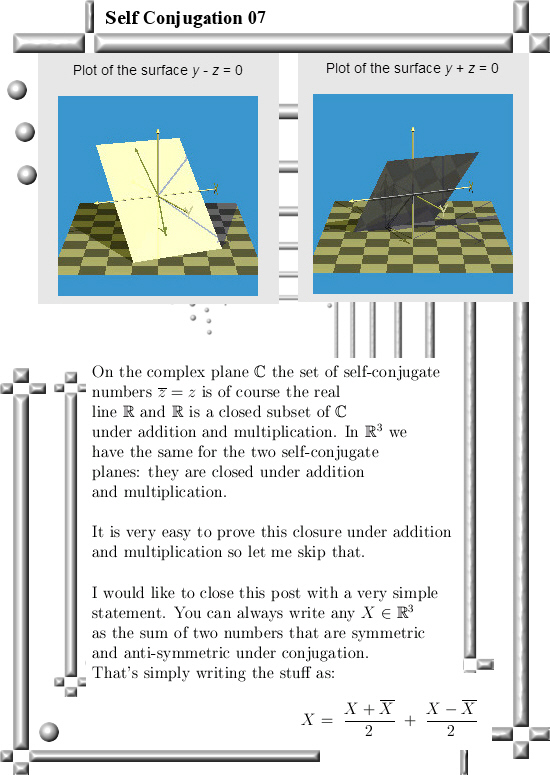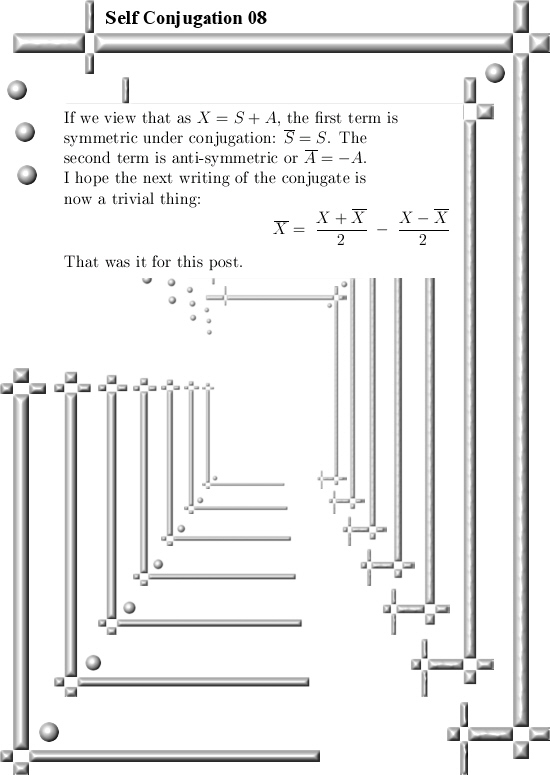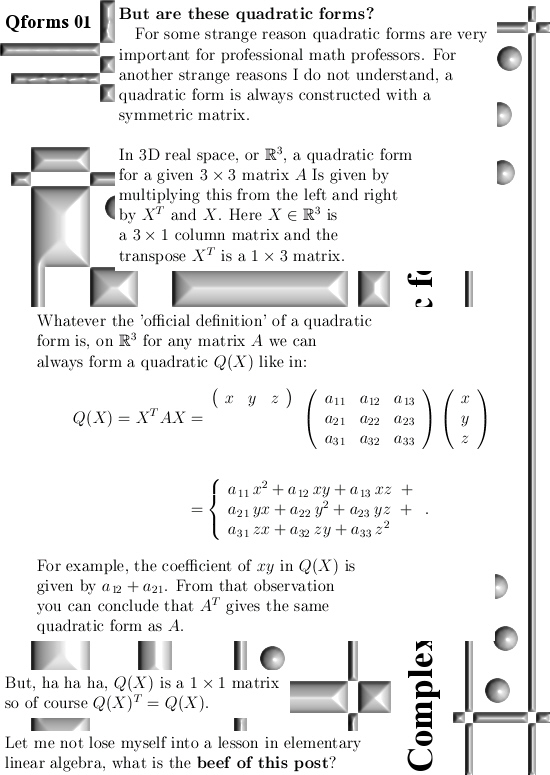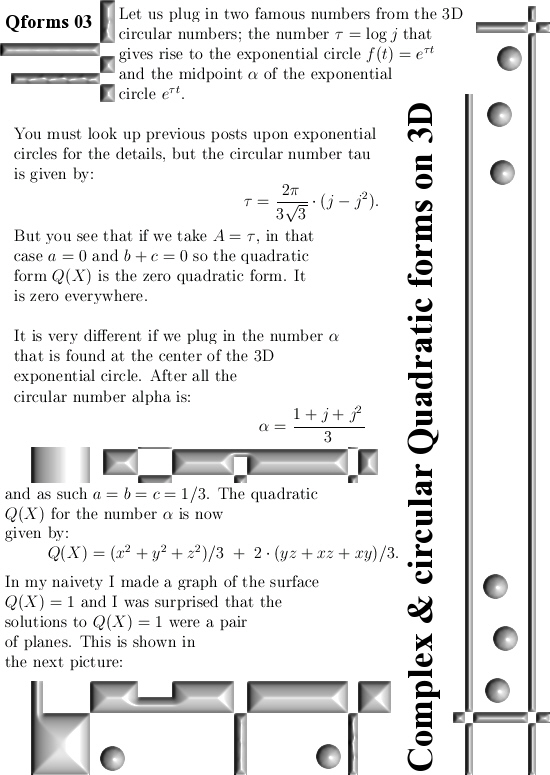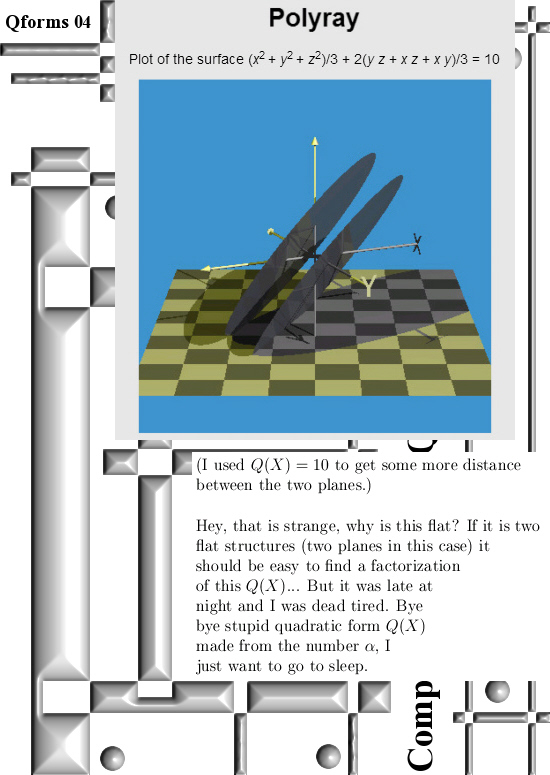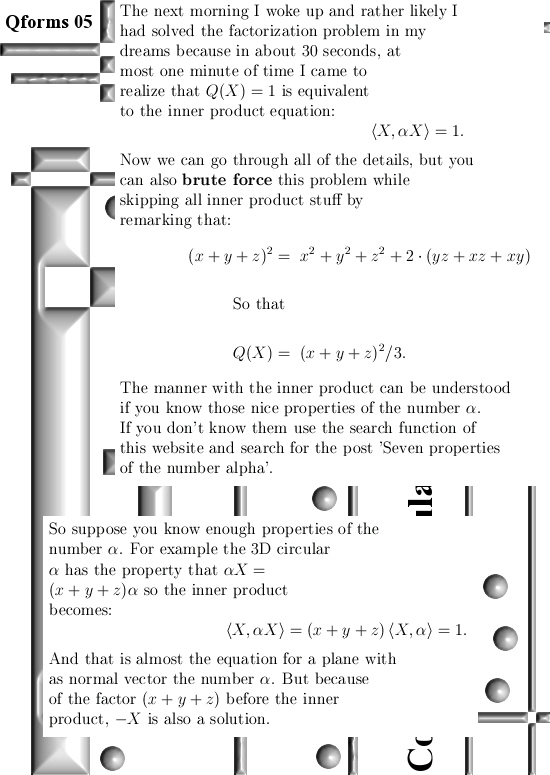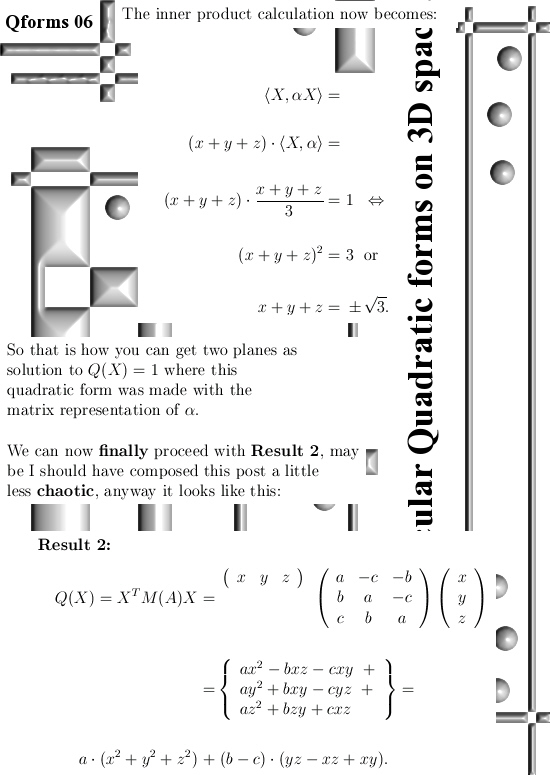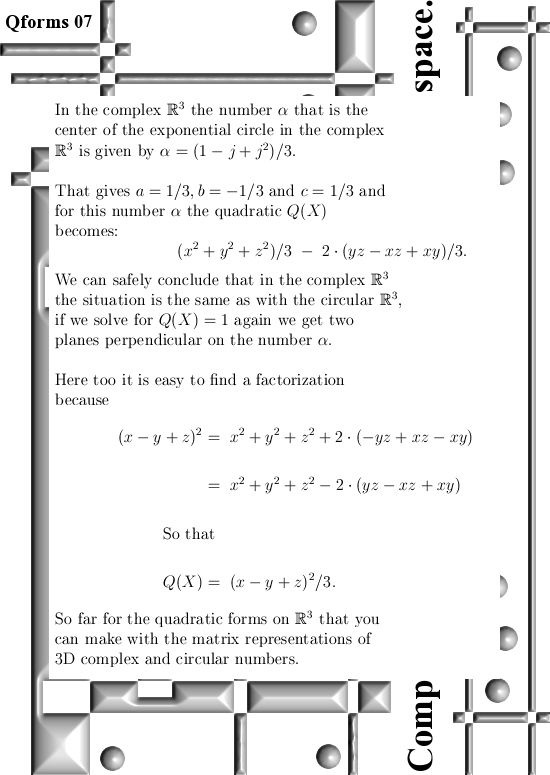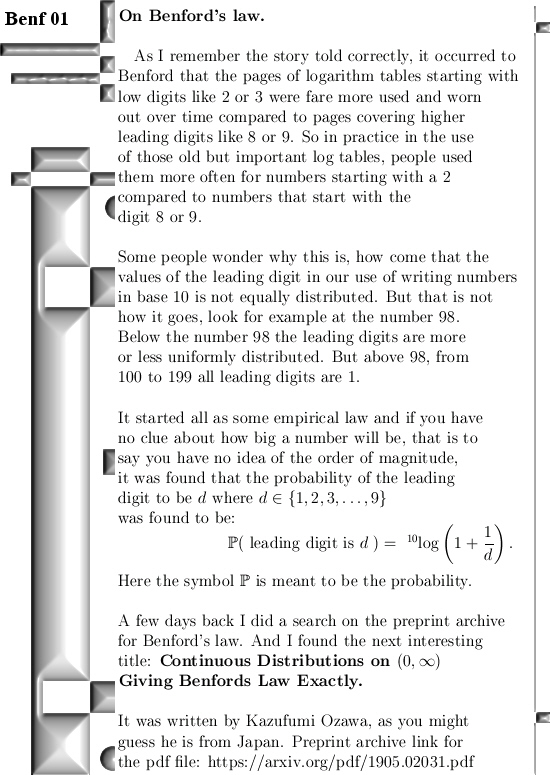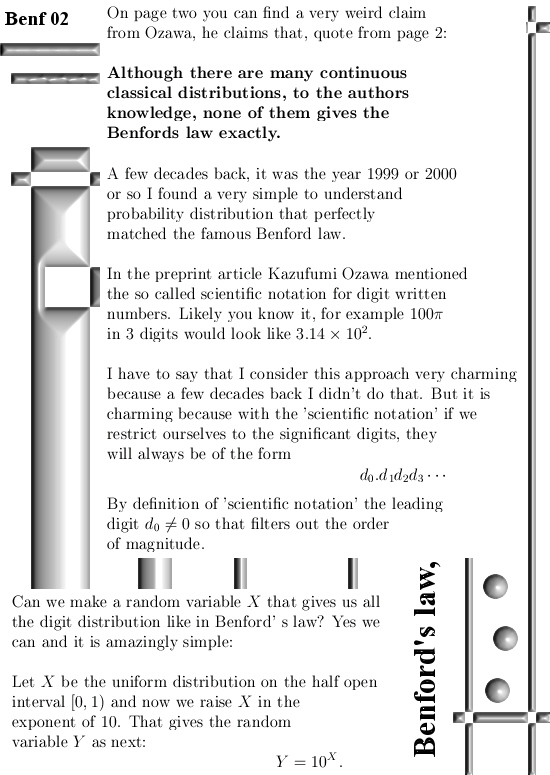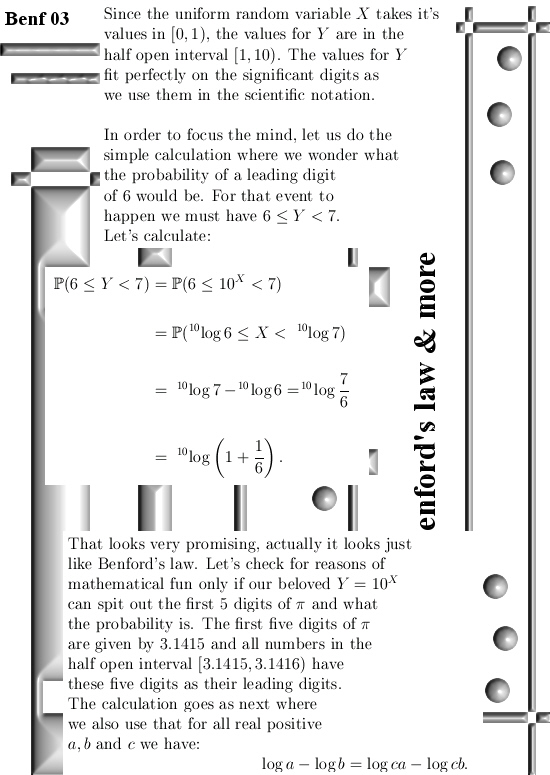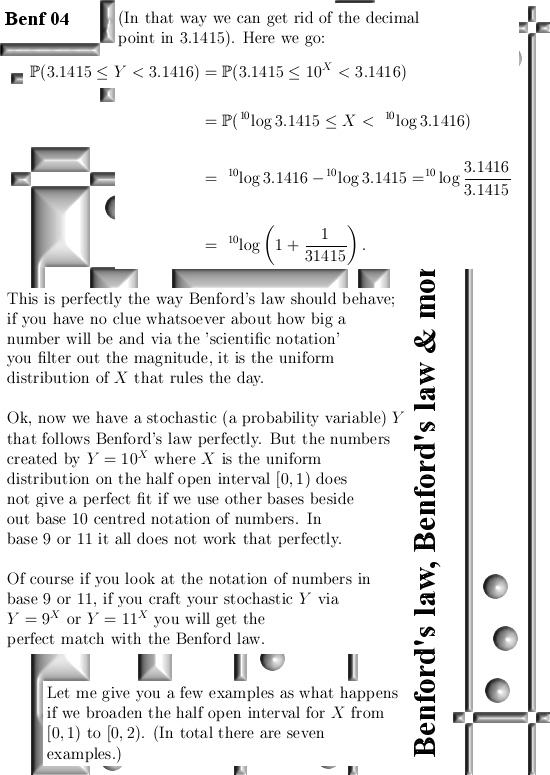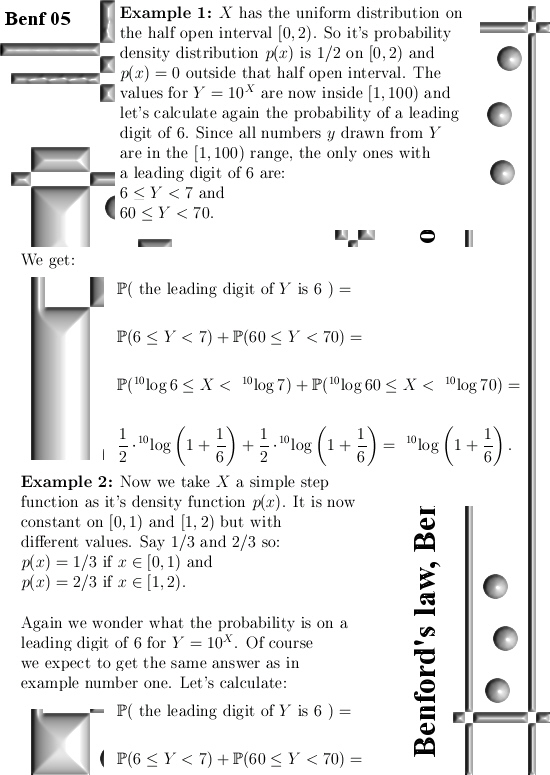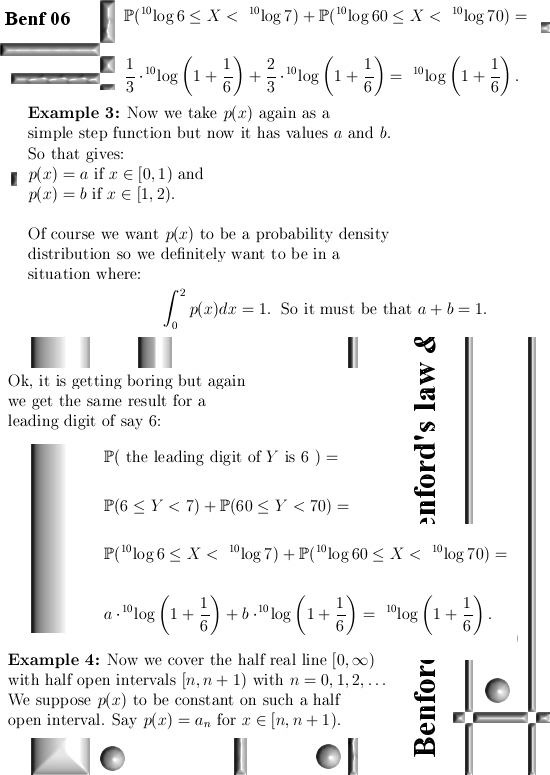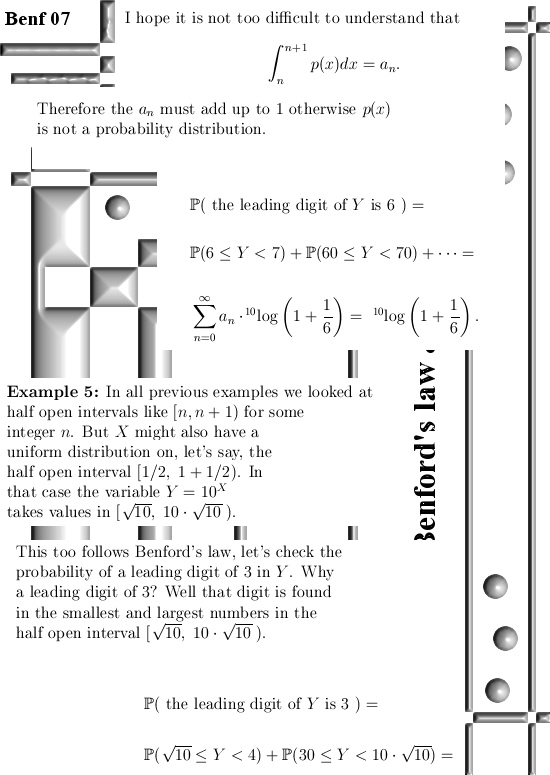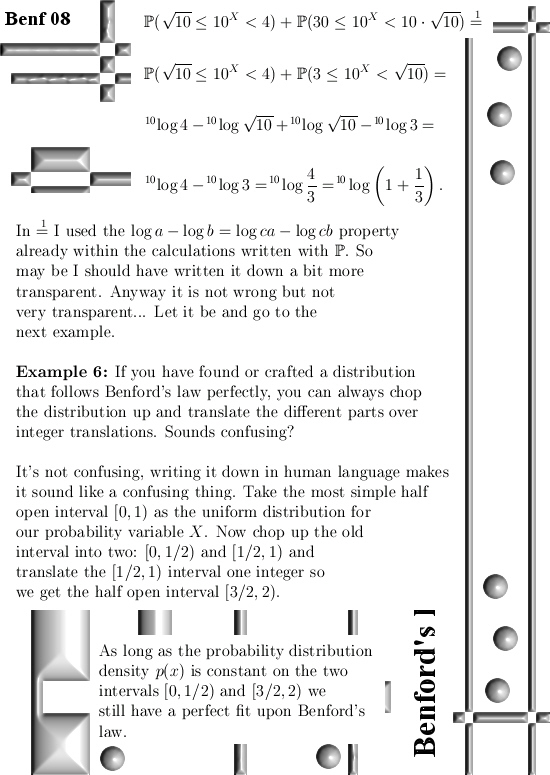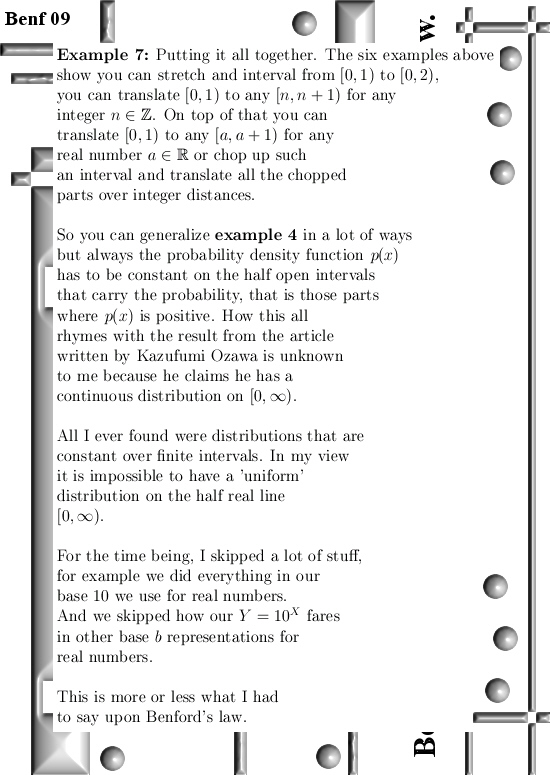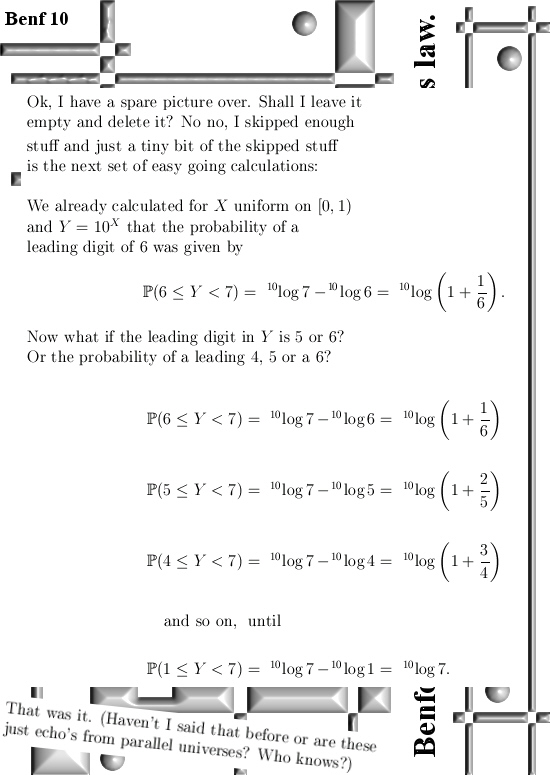It is about high time I post the solution in parametrization form of those five equations from 03 Oct 2019. That is almost 2 months back and oh how ashamed am I for my laziness… But for me math is a hobby, an important hobby but a hobby anyway. So other hobby’s are allowed to interfere with my little math hobby.
This post is 10 pictures long and at the end there is a horrible bad video from the Youtube channel Seeker. Begin this week I crossed that video with an intriguing title; Could These Numbers Unravel New Dimensions in Space? I was just curious but it is that Cohl Furey stuff again. It is an attempt to explain particle physics via complex number, quaternions and octonions… What do they have in common? These number systems are always fields that means all non-zero numbers have an inverse. Why the professional math professors find that so important is unknown to me, it is more like they have nothing else in the toolbox. If you are interested you can find the Cohl Furey video’s on Youtube.
In this post I too write about things that are common in the complex plane, complex and circular 3D numbers and 4D complex numbers. You can use the modified Dirichlet kernels as the building blocks for all possible exponential circles or in the case with 4D complex numbers: the exponential curve (in 4D space the curve is in a 3D hyper plane).
But I also wanted to show you the original cosine solution that I found years ago. To this day it is still amazing that the cosine can pull it off; that the cosine can be a building block for a 3D exponential circle. Next year it will be three decades ago when I found the 3D complex numbers and got interested in them. At present day you can wonder why there is never a healthy response from the math communuty. It is all very logical: if there is no healthy response that means the math community in itself cannot be healthy. It is just a community of perfumed princes and that’s it.
After so much blah blah it is high time to go to the ten pictures:
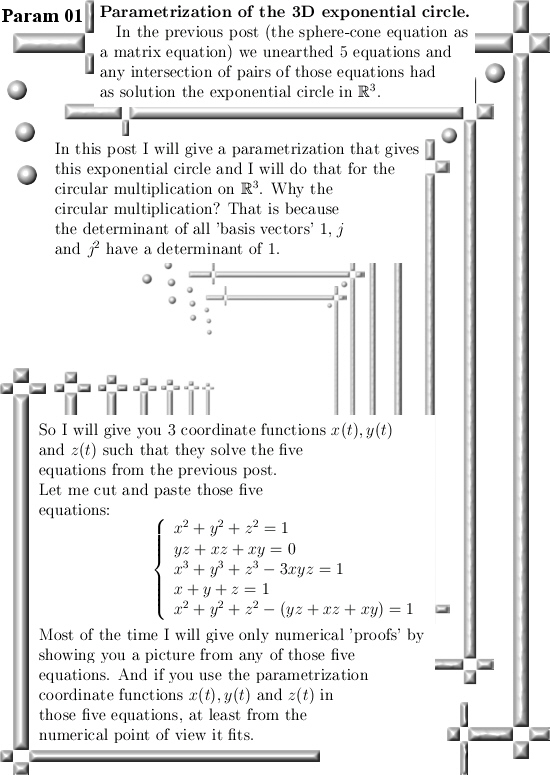
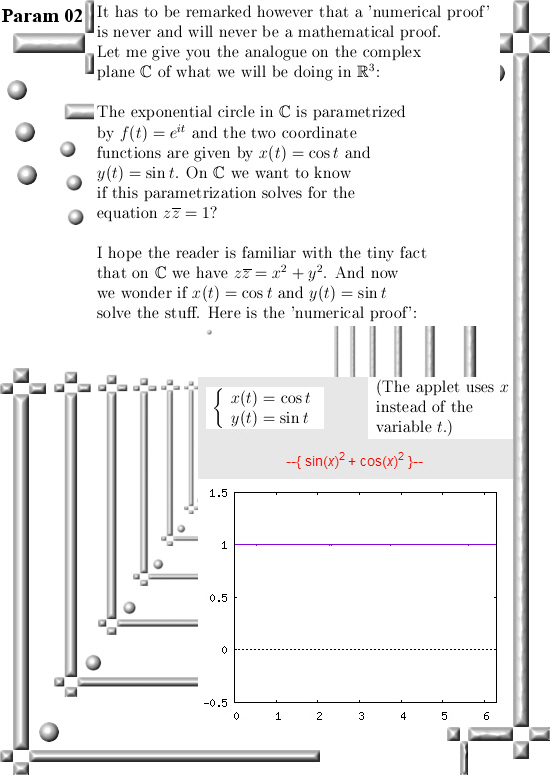
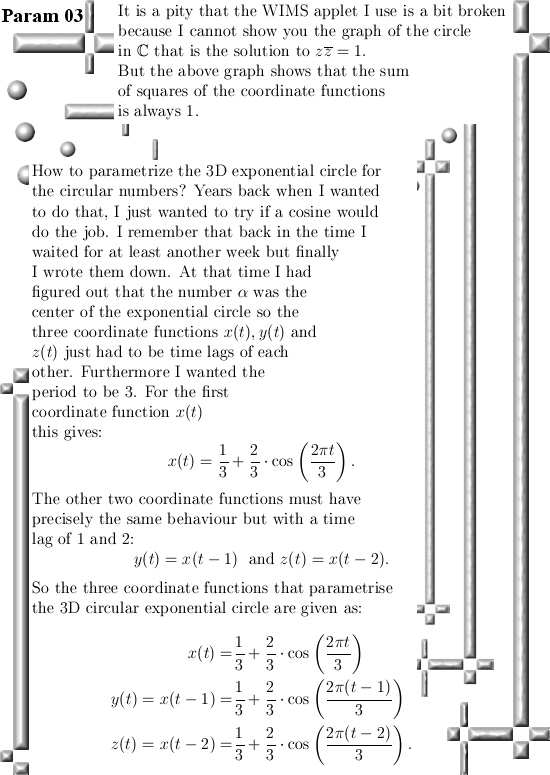
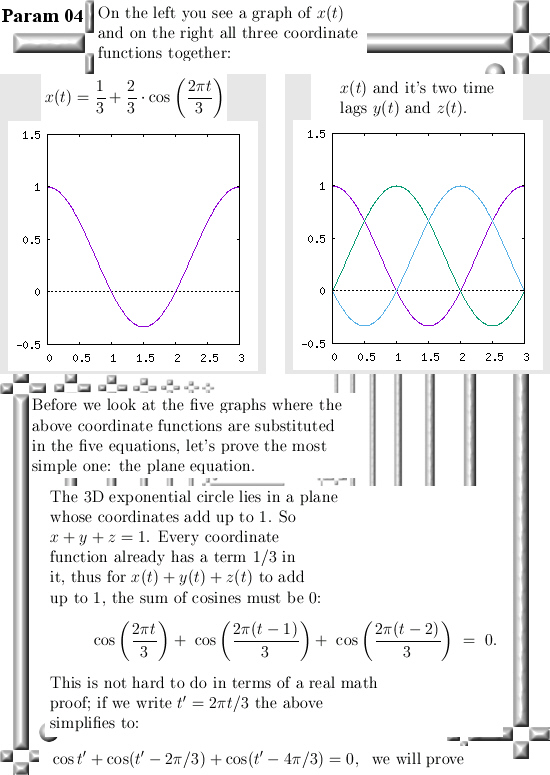
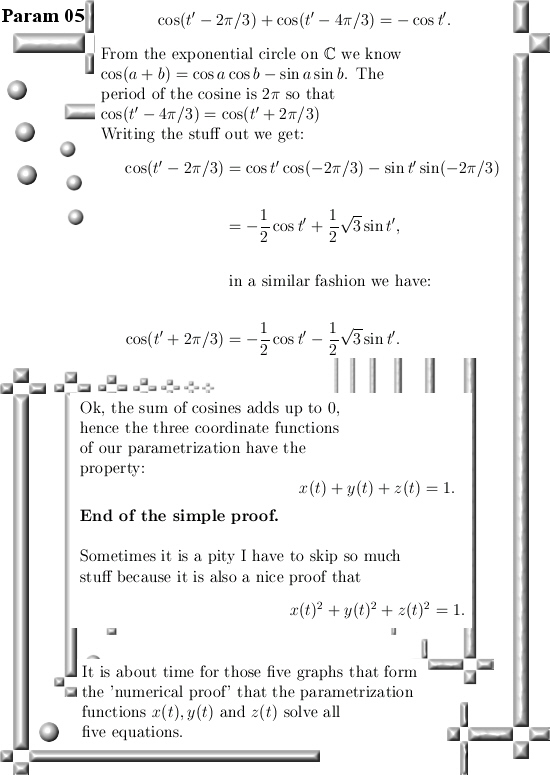
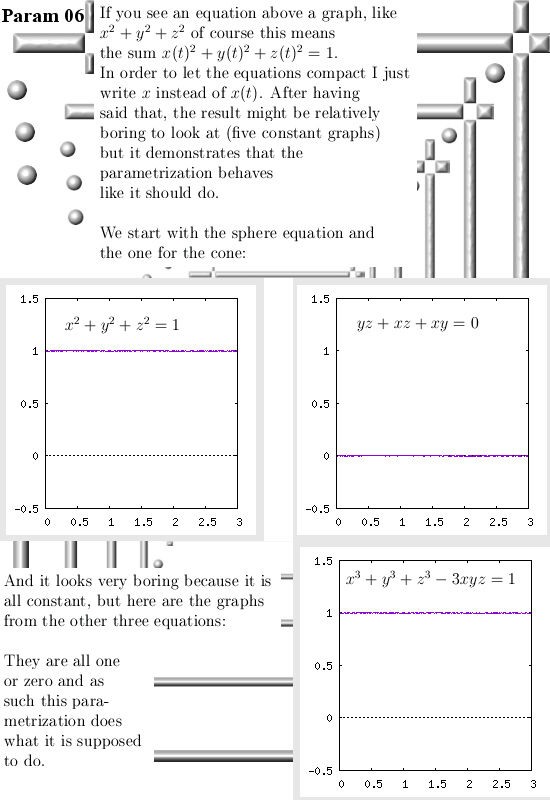
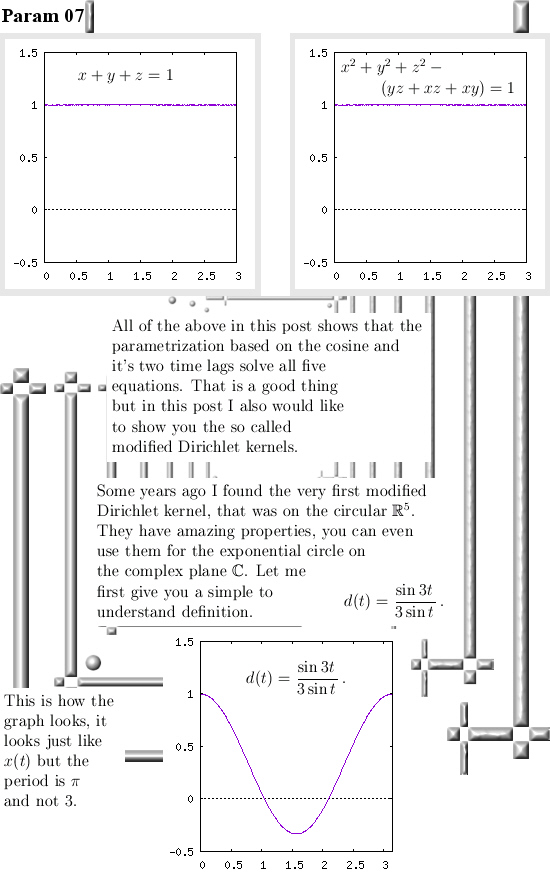
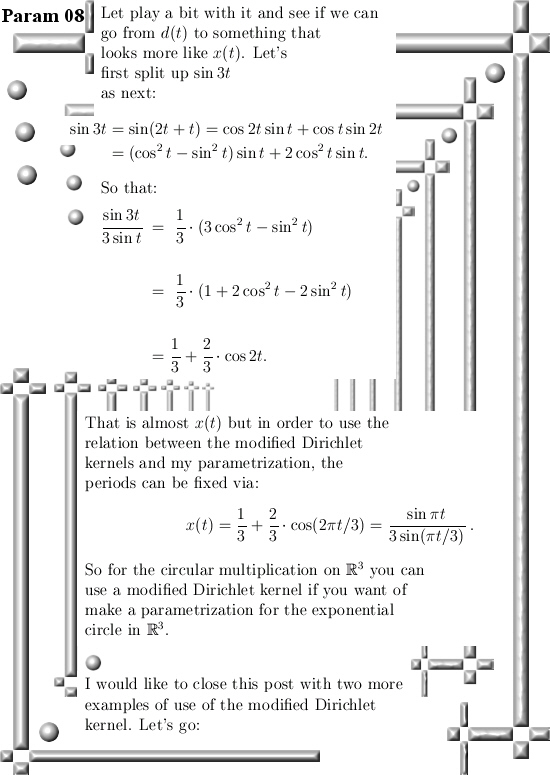
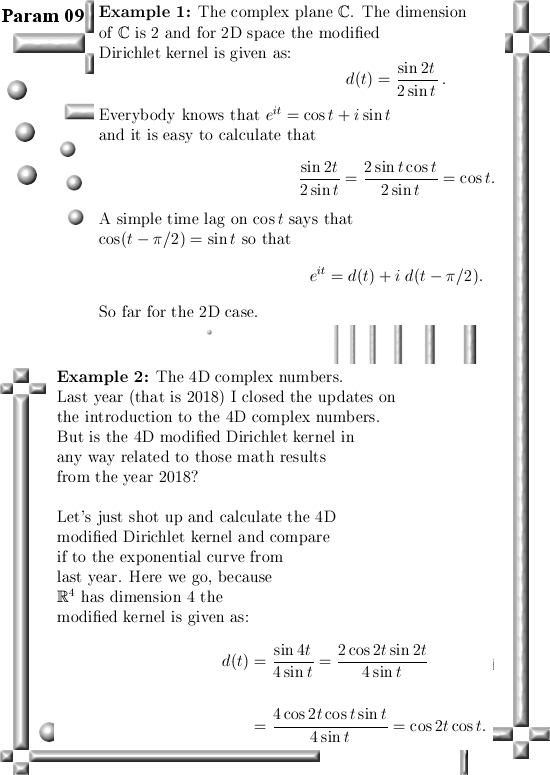

So from the complex plane in two dimensions to 4D complex space; a binding element is how you can use the modified Dirichlet kernels and their time lags to construct these very interesting parametrizations. Of course there is much more that binds those spaces together; the matrix representations are all very similar, just like the eigen values and eigen vectors. But above 2D it is never a field. And again why the professional math professors have this weird fixation on fields is completely unknown to me.
At last, here is that wonderful video that will make your toes curl
End of this post and thanks for your attention!
